Tandoori Chicken Spice Rub: 10 Secrets to a Smokin’ Sizzling Rub (No Tandoor Oven Required!)
When you think of India’s vibrant culinary traditions, one dish that immediately comes to mind is tandoori chicken. The deep red hue, the aromatic smokiness, and that tender, juicy bite — it's no wonder this dish has traveled across continents and kitchens. But here’s the secret: the real magic lies in the tandoori chicken spice rub. And guess what? You don’t need a clay oven to make it shine!
Table of Contents
- Introduction
- Spice Breakdown: What Goes Into a Classic Tandoori Rub?
- Pro Tips for the Best Spice Rub at Home
- Rub vs. Marinade: What’s the Real Difference?
- From Punjab to Peru: Regional Twists on Tandoori Rubs
- How to Use Your Rub Like a Pro (Oven, Grill, or Stove?)
- Storage & Shelf Life: Keep That Flavor Fresh!
- Visual Guide: Spice Ratios Compared
- Common Mistakes & How to Avoid Them
- Pair It Right: Spice Companions That Elevate Your Dish
- Fun Facts About Tandoori Chicken Traditions
- Conclusion
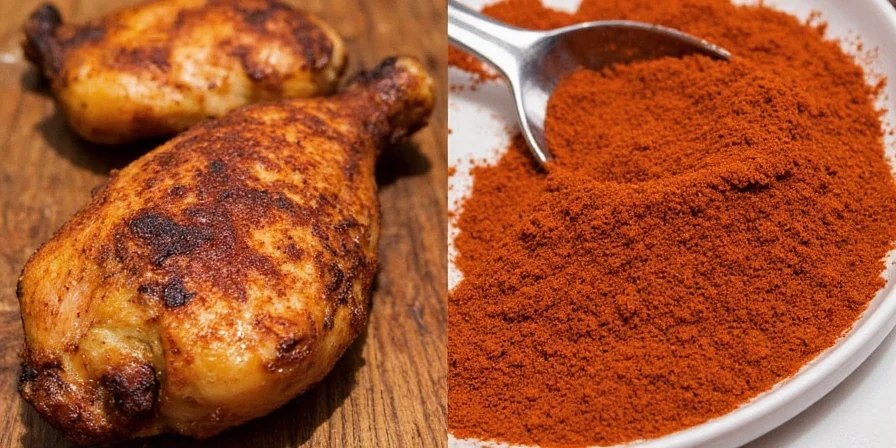
The Legend Behind the Rub
The origins of tandoori chicken are as fiery as the dish itself. Born in the kitchens of Punjab and popularized by Moti Mahal in Delhi, this dish was a revelation even to chefs abroad. What made it stand out wasn’t just the cooking method (though the tandoor definitely helped), but the spice rub that turned chicken into a work of edible art.
Spice Breakdown: What Goes Into a Classic Tandoori Rub?
Let’s get down to the nitty-gritty. A traditional tandoori spice rub typically contains a blend of ground spices and aromatics. Here's the lowdown:
| Spice | Purpose | Flavor Profile |
|---|---|---|
| Cumin | Earthy warmth | Nutty, peppery |
| Coriander | Balances heat | Sweet, citrusy |
| Kashmiri chili powder | Heat + color | Mild heat, deep red |
| Garam masala | Complexity booster | Warming, floral |
| Garlic & ginger paste | Aromatic base | Peppery, zesty |
| Yogurt | Marinade medium | Tangy, creamy |
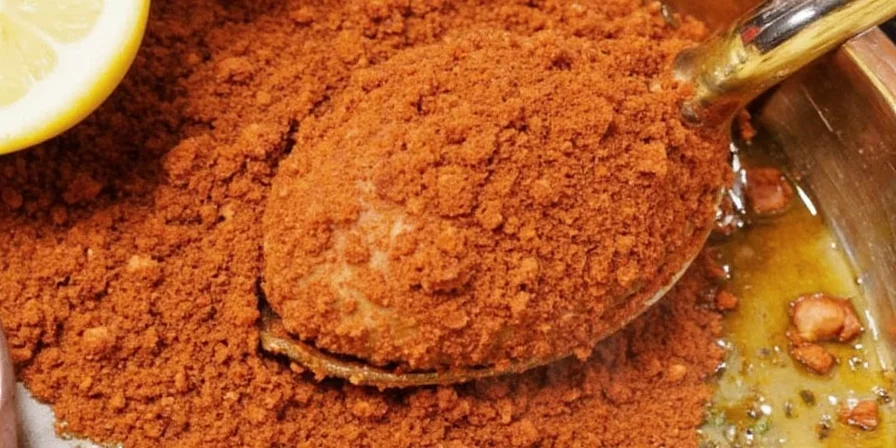
Pro Tips for the Best Spice Rub at Home
- Freshness is key: Toast whole spices like cumin seeds before grinding for a deeper flavor.
- Use Kashmiri chili if possible: It gives that signature red hue without blowing your taste buds away.
- Don’t skip the yogurt: It not only tenderizes the meat but also helps the spices adhere better.
- Add lemon juice: A splash enhances the aroma and brightens up the flavor.
- Marinate for at least 2 hours: For best results, go overnight in the fridge.
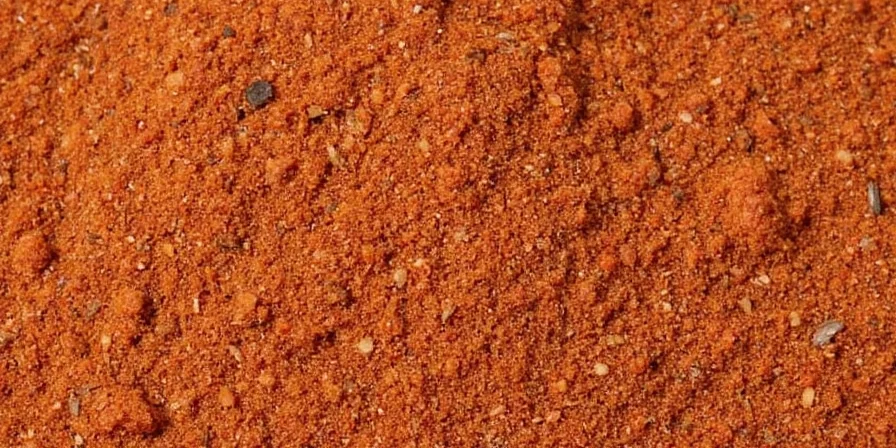
Rub vs. Marinade: What’s the Real Difference?
You might be wondering — isn’t the tandoori spice rub just a marinade? Not quite. Here’s how they differ:
| Type | Texture | Time Needed | Function |
|---|---|---|---|
| Rub | Dry mix | Shorter time (1–2 hrs) | Seasoning, surface flavor |
| Marinade | Liquid-based | Longer time (overnight) | Tenderizing, deep penetration |
In the case of tandoori chicken, the rub often becomes a marinade when combined with yogurt, making it a hybrid powerhouse of flavor and function.
From Punjab to Peru: Regional Twists on Tandoori Rubs
As tandoori chicken spread globally, so did the interpretations of its spice rub. Here’s a quick tour:
- UAE Style: Uses sumac and cardamom for a Middle Eastern flair.
- Thai-Inspired: Adds lemongrass and kaffir lime leaves.
- Latin America: Combines achiote or paprika for color and earthiness.
- American BBQ Twist: Smoke paprika and brown sugar added for a charred edge.
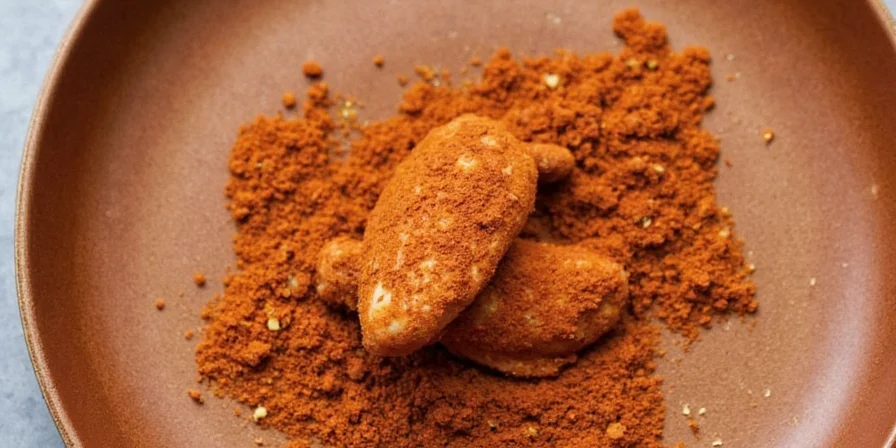
How to Use Your Rub Like a Pro (Oven, Grill, or Stove?)
If you don’t have a tandoor (let’s face it, most of us don’t), here’s how to replicate the experience:
- Oven Method: Preheat broiler, place chicken on rack, broil until charred edges appear. Flip once.
- Grill Method: Skewer the chicken, grill over high heat with lid closed for smoky flavor.
- Stovetop Hack:: Sear in a cast-iron pan until browned, then finish in oven for juiciness.
Storage & Shelf Life: Keep That Flavor Fresh!
Want to prep your rub ahead of time? Store it right:
- Use an airtight glass jar.
- Store in a cool, dark place (like a pantry).
- Label with date — lasts up to 6 months.
Tip: If you notice any change in smell or color, toss it and make a fresh batch.
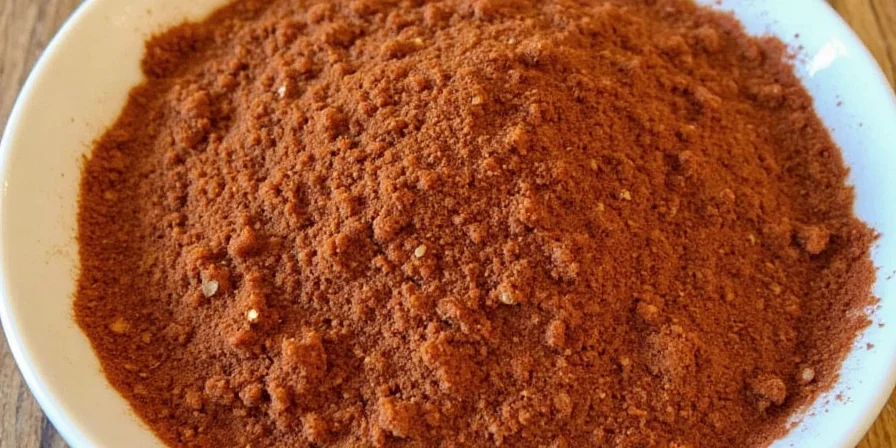
Visual Guide: Spice Ratios Compared
Want to tweak your own rub? Here’s a comparison of ratios based on different styles:
| Style | Cumin | Coriander | Chili | Garam Masala | Garlic/Ginger |
|---|---|---|---|---|---|
| Classic Punjabi | 1 tsp | 1 tsp | 2 tsp | ½ tsp | 1 tbsp |
| Modern Fusion | 1 tsp | 1 tsp | 1 tsp | 1 tsp | 1 tbsp |
| BBQ Inspired | 1 tsp | 1 tsp | 1 tsp smoked paprika + 1 tsp chili | 1 tsp | 1 tbsp garlic + ½ tsp liquid smoke |
Common Mistakes & How to Avoid Them
- Mistake #1: Overloading with salt — always season gradually.
- Mistake #2: Using generic chili powder — Kashmiri chili is king.
- Mistake #3: Skipping the oil — a bit of neutral oil helps spices bloom.
- Mistake #4: Cooking on too low heat — you want charring, not steaming.
Pair It Right: Spice Companions That Elevate Your Dish
Tandoori chicken plays well with others — especially when it comes to spice companions. Try these combos:
- Mint Chutney: Cooling effect balances the heat.
- Lemon Wedges: Brightens up every bite.
- Chaas (Buttermilk): Helps digest the spices easily.
- Jeera Rice: Cumin-infused rice complements the rub perfectly.
Fun Facts About Tandoori Chicken Traditions
- The red color originally came from crushed red sandalwood in some old-school recipes!
- The first commercial tandoor ovens were made from oil drums during WWII.
- In Japan, tandoori chicken is sometimes served with teriyaki sauce — yes, really!
- In Nigeria, it’s common to use local peppers like scotch bonnet in the rub.
Conclusion: Master the Rub, Unlock the World
Whether you're grilling on a summer night or meal-prepping for the week, mastering the tandoori chicken spice rub opens up a world of flavor and cultural richness. With a few simple tweaks and a dash of curiosity, you can transform your kitchen into a global spice haven. So grab those spices, fire up your favorite heat source, and let the rub do the talking.
Now go forth and spice boldly — your next tandoori masterpiece is just a rub away!

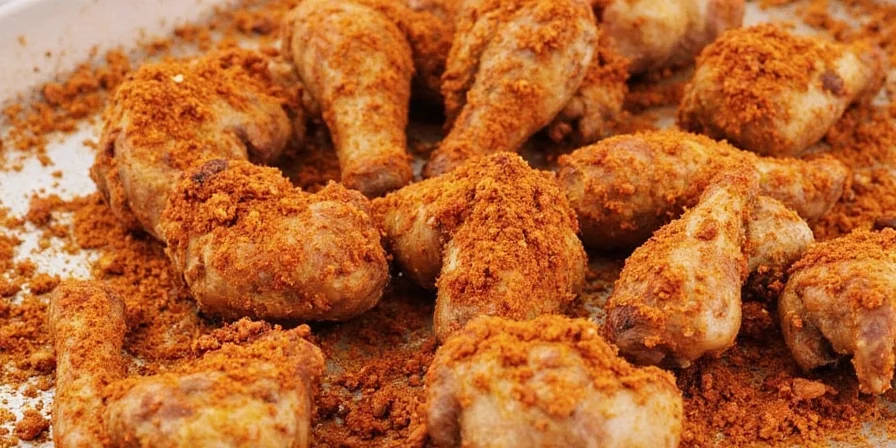









 浙公网安备
33010002000092号
浙公网安备
33010002000092号 浙B2-20120091-4
浙B2-20120091-4